I have a question regarding dithering.
I was reading this Application note and under section 4.1 page 5,they have given below,
I understand that we perform dithering in the DC-DC Switching converters to reduce the emission magnitude at the switching frequency and spread it across different harmonics.
In doing so, we would get a maximum switching frequency and a minimum switching frequency. In the above case, they have mentioned as 72kHz and 58kHz. But what is the meaning of dithering rate of 2kHz? Can someone explain me what is the meaning of dithering rate and how that value would impact or be helpful in this scenario?
